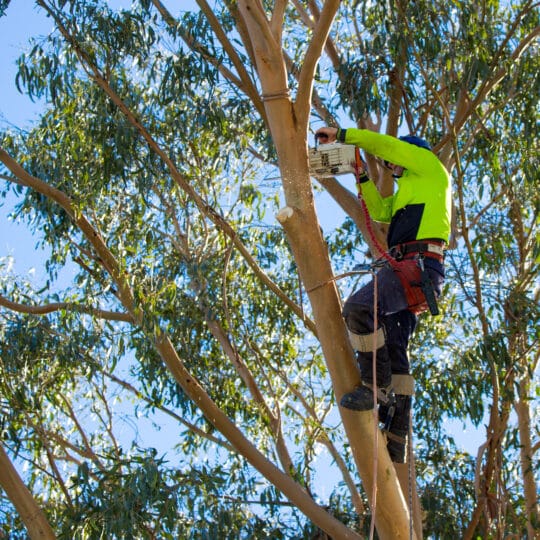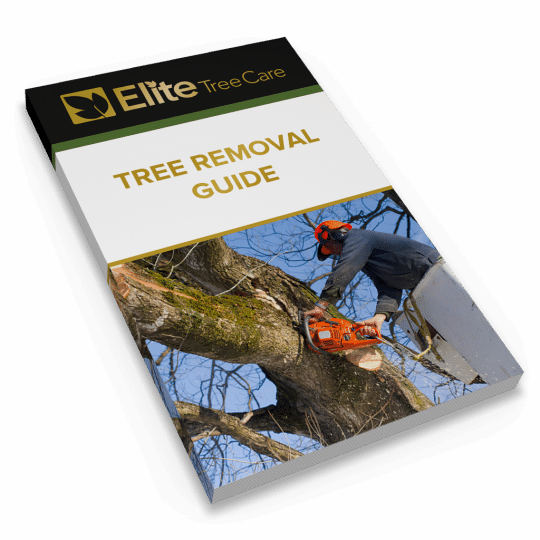4 Alternatives to Tree Removal
What to Consider Before Cutting
Posted
October 5, 2023

Now that it’s fall and trees are showing off their colorful style, it’s even harder to consider removing them. However, there are times when you think removing a tree is your only option. Here are several alternatives to tree removal to consider first.
Signs of Tree Distress
Trees provide many benefits to the environment, including shade, shelter, and overall beauty. However, sometimes it can become a hazard when branches break or it becomes infested with pests or disease. Here are some signs your tree may have an issue:
- Discolored leaves (before fall)
- Early leaf drop
- Dead branches
- Large growths
- Large cracks or crevices
- Pests (such as carpenter ants)
- Excessive leaning
- Root issues
While some of these signs may lead to eventual tree removal, there are also ways to help treat the tree first and continue to reap the natural benefits.
Alternatives to Tree Removal
After you notice an issue with your tree, you may get several suggestions on what to do about it. It all depends on who you ask. Your neighbor may tell you to cut it down, especially if it’s leaning into their yard. A company who specializes in tree removal may also suggest getting rid of it, because that’s what they do. But if you ask a certified arborist, they may have other alternatives that can save the tree and the costs of cutting it down.
- Root issues. If the main problem involves roots breaking up sidewalks or affecting underground utilities, you may want to consider dealing with the pipes or soil before taking down the tree. Regular maintenance and treatments can help prevent roots from infiltrating pipe systems. Install a root barrier to help prevent cracking concrete and foundations. However, it’s usually soil compaction and proximity to concrete structures that causes cracks. Deal with this issue first by properly planning where the tree is planted and aerating to help prevent compaction.
- Pruning. Sometimes the simplest solution is proper tree pruning. Remove any dead or diseased sections of the tree to prevent it from falling on its own. The best time for pruning is during the dormant season in late winter and early spring. If you’re concerned about waiting that long, an arborist can evaluate the issue and help come up with the right solution.
- Stabilizing. A tree with a significant lean or weakening main branches can be stabilized with certain cable and bracing techniques. This is also best left to a professional who can identify which areas are at most risk of falling and where to place the bracing rods.
- New construction. One of the most common reasons for tree removal is to clear space for new structures or opening up the view. Consider the trees as part of the view. Also try to incorporate them in the new construction plan. Of course, you don’t want to deal with issues in the future by having a tree too close to a structure, so it’s best to consult an arborist on the best way to build around the natural beauties.
Professional Tree Removal
Of course, there are times when tree removal may be the best option. At least you’ve considered alternatives and consulted a pro whose main concern is saving a tree instead of cutting it down. Tree removal is another job best left to a professional, especially if it’s in a precarious position. Contact Elite Tree Care to help you with everything from planting, pruning, and treatment. Give your trees the best chance of survival so you won’t have to resort to removal.

Download Your FREE Tree Removal Guide
Even dedicated DIYers should think twice before taking on the task of tree removal. Our guide will help you decide whether to hire a tree service and how to get the most value for your money.